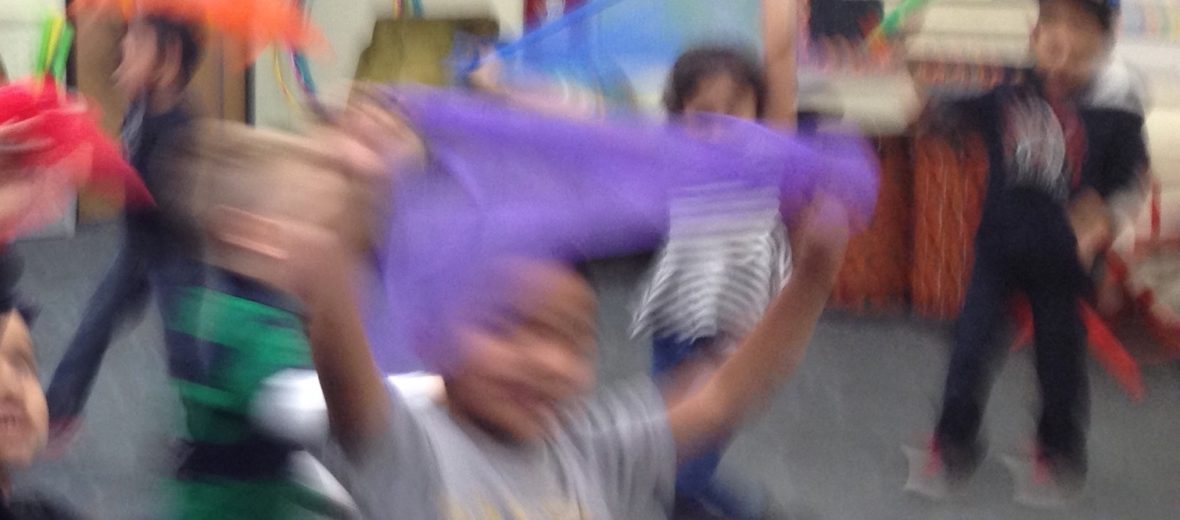
AB patterns and movement in Elgar’s Faeries and Giants
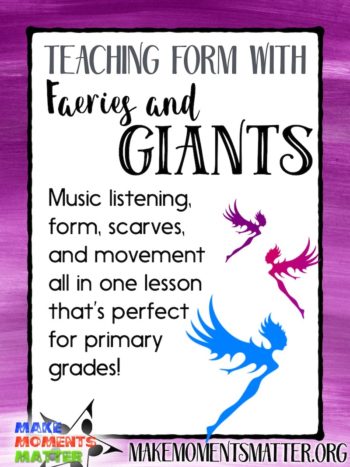 In my district we have a specific “Guided Listening” component which is usually a pretty awesome part of our curriculum. This allows us to teach kids to not just hear music, but to listen in specific and thoughtful ways. They are taught to listen for patterns, form, signpost cues, and information in specific pieces of music. They are really evaluating and making connections as the music plays. Truly this is as much a critical thinking skill as is is a listening skill.
In my district we have a specific “Guided Listening” component which is usually a pretty awesome part of our curriculum. This allows us to teach kids to not just hear music, but to listen in specific and thoughtful ways. They are taught to listen for patterns, form, signpost cues, and information in specific pieces of music. They are really evaluating and making connections as the music plays. Truly this is as much a critical thinking skill as is is a listening skill.
One of the biggest successes I’ve had this year is with my kindergarten kids as we listen for high and low AND try and identify AB patterns in music. We listen to Edward Elgar’s “Faeries and Giants” song from his Wand of Youth Suites. This lesson piggybacks off of a resource that I have in my Spotlight on Music Series, Kindergarten level. My district ONLY has the Kindergarten resources from Spotlight, and we have Making Music by Silver Burdett for everything else. Regardless, with or without the Spotlight materials you can make this lesson work. Visuals aren’t hard to make and when I couldn’t find my Spotlight CDs to get the audio recording for the song, the music wasn’t too hard to find on Spotify. Easy!
The Lesson and Identifying AB Form
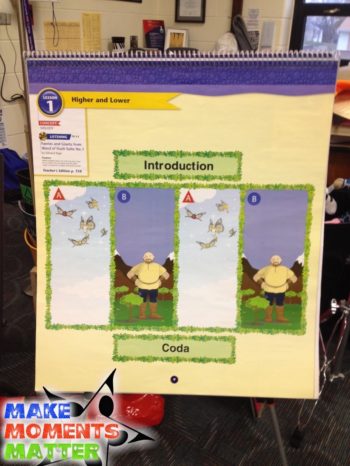 Then I pull out my big book from the Spotlight on the Music book series and show them that they’re going to hear faeries and giants. Faeries are high up in the sky and Giants are low down on the ground with an angry steady beat (why not reinforce the SB concept here, right?). We look at the pictures and then I tell them that there’s also going to be an introduction, which we’ve already learned about, and a new thing called a coda. “So, during the faeries part wave your hands up high and twinkle your fingers like a little fairy and when you hear giants pat your legs with an angry face in a steady beat like big angry giants. The coda is basically an ending, but it’s a place where you might hear faeries and giants. When you get to the coda you can twinkle fingers if you hear faeries and you can pat your legs if you hear giants.” This prompting with actions allows them to show me the change when they’ve heard the music change. The first time they usually just change when I change but I try and signpost with things like “Wait, do you hear the faeries any more?” or “Has the sound changed?
Then I pull out my big book from the Spotlight on the Music book series and show them that they’re going to hear faeries and giants. Faeries are high up in the sky and Giants are low down on the ground with an angry steady beat (why not reinforce the SB concept here, right?). We look at the pictures and then I tell them that there’s also going to be an introduction, which we’ve already learned about, and a new thing called a coda. “So, during the faeries part wave your hands up high and twinkle your fingers like a little fairy and when you hear giants pat your legs with an angry face in a steady beat like big angry giants. The coda is basically an ending, but it’s a place where you might hear faeries and giants. When you get to the coda you can twinkle fingers if you hear faeries and you can pat your legs if you hear giants.” This prompting with actions allows them to show me the change when they’ve heard the music change. The first time they usually just change when I change but I try and signpost with things like “Wait, do you hear the faeries any more?” or “Has the sound changed?
I get the kiddos to follow along with my actions as we sit criss-cross and listen to the music. They crack up when we get to the coda and I quickly switch from faerie to giant and they try and keep up. Then when the song is done I say, “ You know what, I think I heard a pattern in that music!” And I show them on the big book that we had faeries and then giants, faeries and then giants. “Do they know what kind of pattern that is…” sure enough they do. When they look at the picture it makes clear what they’ve heard is an AB pattern. Then I pull the circles and triangles that I’ve made over top of the big book. I have them identify the different parts as “A” and “B” and I turn my circles and triangles around to identify the parts. We talk about that a little bit and if we have the extra 3 minutes we listen again.
The Movement Activity
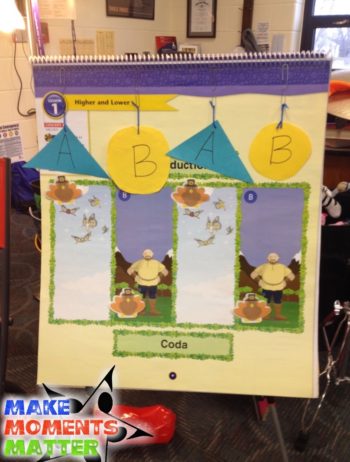 A day or two later (I try and let the lesson rest a bit before I come back and rework the concept) we head back to the big book and talk about the faeries and giants again. We talk about the high voices of the faeries and the low voices of the giants with their angry steady beat, this is when I add my post-it note to show the high and low on the page (I think you can see these Turkey shaped notes in the picture). We talk about the AB pattern and identify every pattern we can find. Faerie and giant, triangle and circle, yellow and blue, high and low… until we’ve exhausted everything we can find on the big book.
A day or two later (I try and let the lesson rest a bit before I come back and rework the concept) we head back to the big book and talk about the faeries and giants again. We talk about the high voices of the faeries and the low voices of the giants with their angry steady beat, this is when I add my post-it note to show the high and low on the page (I think you can see these Turkey shaped notes in the picture). We talk about the AB pattern and identify every pattern we can find. Faerie and giant, triangle and circle, yellow and blue, high and low… until we’ve exhausted everything we can find on the big book.
Then I pull out my scarves to add into the lesson. When they hear the faeries they get to stand up and dance around the room and keep their scarves up high in the air and pretend they’re faeries flying through the sky. Then when they hear the giants, “Take your scarf and crumple it up in your fist, put on your angry face, and stomp around to the steady beat.” They love this! You follow the AB pattern of the song as you prance and then stomp. They especially love the coda so they can stomp and use their scarves. It’s a hoot to watch.
But you get to identify AB, hear and identify high and low, move, reinforce steady beat, work with contrasting ideas, make connections between sound and feelings, reinforce literacy concepts… basically it’s a home run lesson because it covers so much AND it’s a ton of fun.
How would you change this lesson or add to it to make it your own? Leave a comment below to share your ideas with other music educators and join in the conversation!

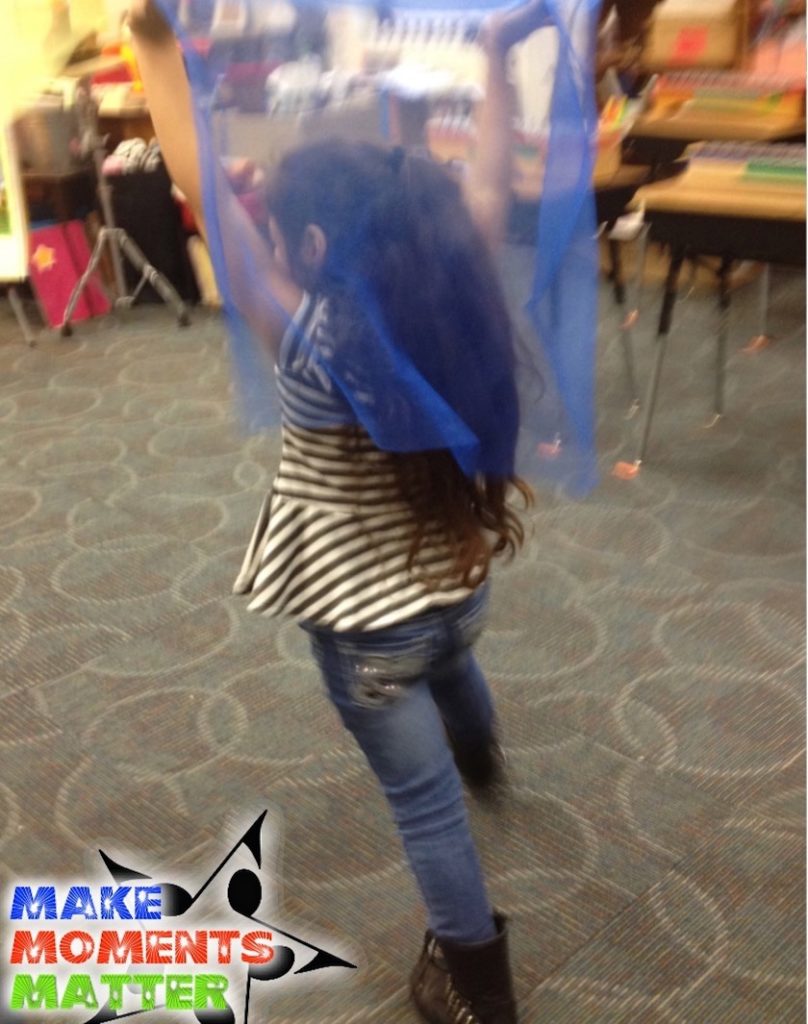
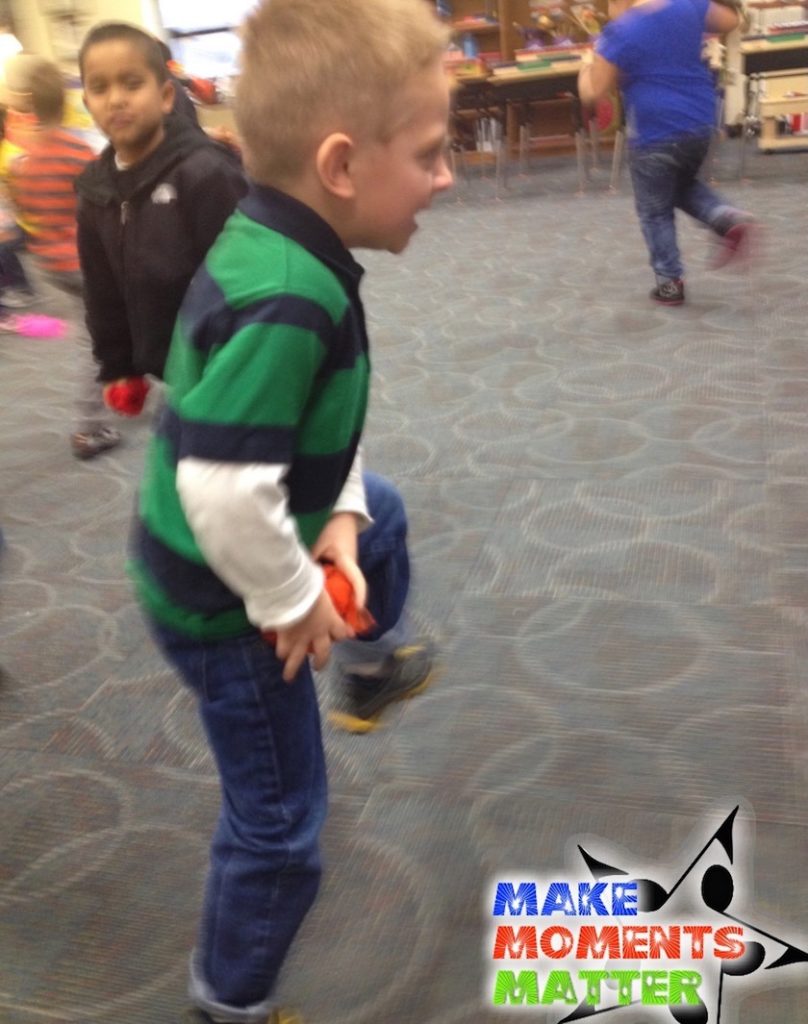

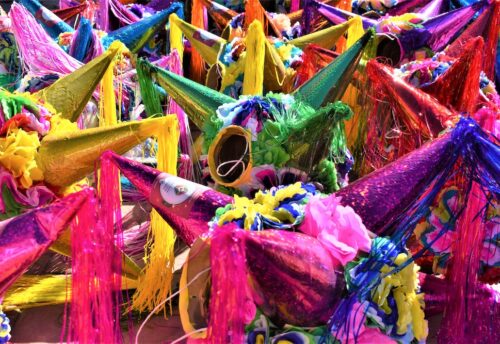
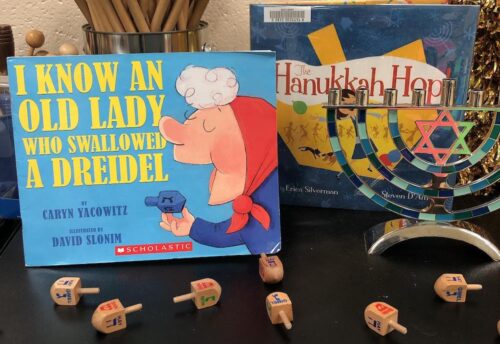
9 Comments